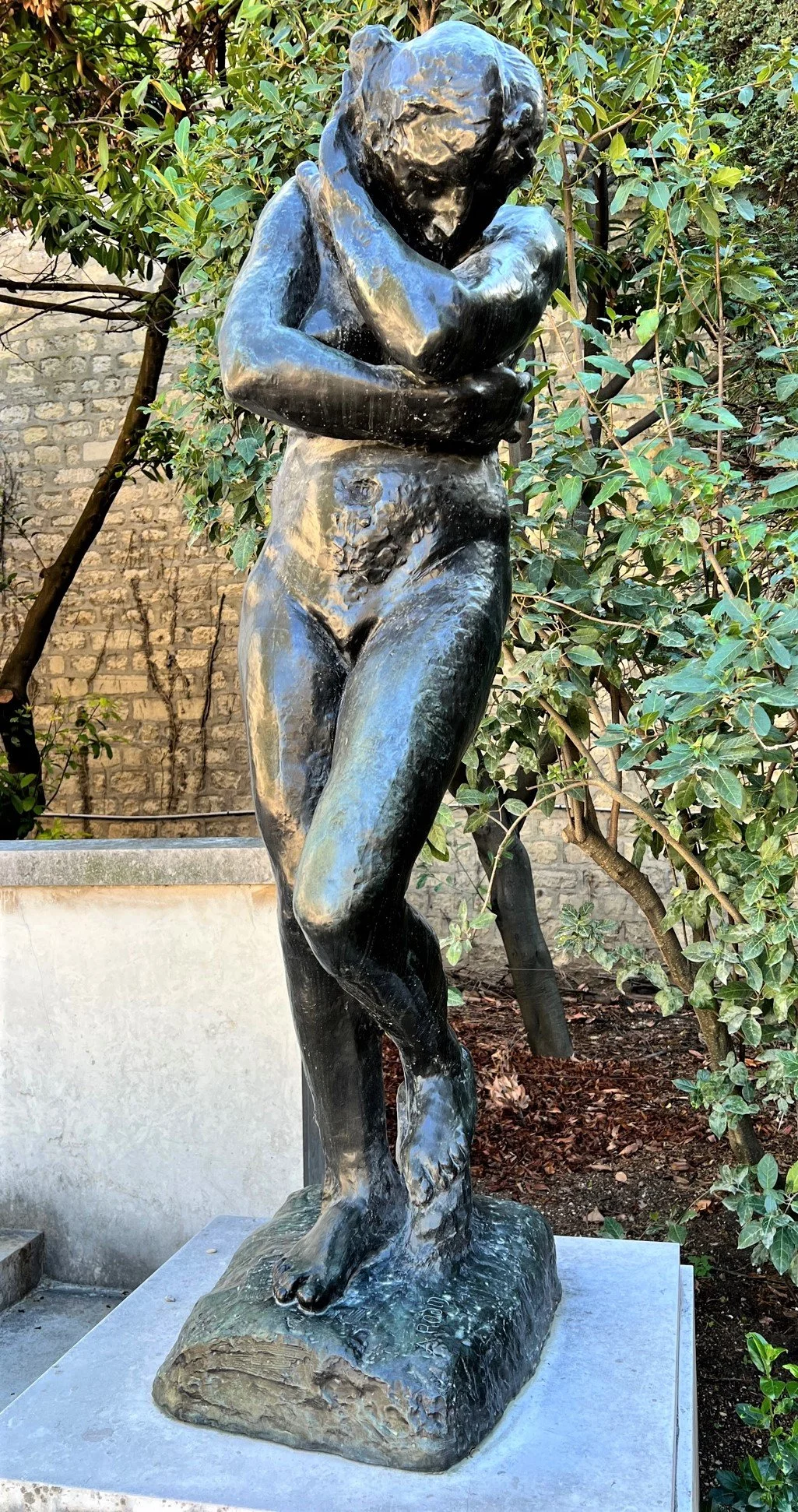Jonathan C. Lewis
Author and Artist
Michael’s Mistake
A fictional travelogue; four minutes to read.
At the high school where I teach, during a faculty meeting the vice principal and my friend Michael raised the propriety of girls dressing provocatively on campus. “Anyone else think some of the girls are showing too much cleavage?” he asked. His mistake was forgetting that a goodly number of the school’s women and girls act as if their brains are decapitated from their bodies.
Outraged, the girl’s gym teacher barked, “how dare you contribute to rape culture?” With crimson cheeks, the normally reserved librarian, piled on, “the girls are only following the latest fashions. Do you even watch the Academy Awards?”
Shamed, the next day my closest friend on campus resigned. His crumpled shoulders carrying his bent neck, Michael walked out through the back door.
In New York’s fashionable Flatiron District on a spring Saturday, Michael and I are sharing a bistro table set on a no-auto street plaza. Food trucks are crammed front to end like the daisy chain in the Broadway musical Hair. I have no appetite. To calm my stomach, I’m sipping a macchiato.
Women are parading fluffy dogs, pushing strollers, jogging in form-clinging tracksuits. Slowing her stride, a woman remarks to another woman, “Oh darling, I love your outfit. The colors suit you.” It’s the kind of casual, spontaneous compliment that today’s rules of gender etiquette discourage a man from daring to utter. The women—instant new friends—purr like two cats licking each other.
The complimented woman is a mobile work of art—a curvaceous Matisse. Golden hair is tied up a halo. Her blue denim jacket hugs her full breasts. A canary yellow scarf trails off her left shoulder. A toned midriff flashes above hip-hugging black slacks. Her vibe is gelato on a hot day.
As she walks by, we pretend to ignore her costumed good taste, her hours at the gym, the skipped desserts, the perfumed shopping days, the money spent on beauty products, the closets crammed with last year’s outfits. I hide my fluttery reaction, the lump in my throat, the goosebumps.
“Michael,” I offer, “Your screwup was seeing the world as it is, not as others want it to be.”
“You know, there was a time when women in polite society didn’t blow out candles because puckered lips were suggestive of kissing. If a woman did puff out a burning candle, I wonder if the menfolk were expected to fake blindness.”
I teach about the women’s suffrage movement, but skip the history of fickle fashion. Except for a sidebar about Roman togas or a textbook picture of the founding fathers in white wigs, my classes sterilize the human body and ignore sartorial vanity. It’s as if my classroom is still in Victorian times when ‘linens’ was euphemistically substituted for ‘underwear’ because a chemise touching bare flesh was simply too stimulating to contemplate.
Meanwhile in the real world, my female students pore over women’s magazines whose pages are preoccupied with appearance, body image, the outer woman. All around us, nine hundred Manhattan clothing designers are producing seventy-five runway shows every year. The Garment District, the Costume Institute, department store windows, over- and under-dressed women promenading on Lexington Avenue are tourist destinations.
“Our crime is being men with eyes,” I add.
Michael half-smiles, more like a grimace. Murmuring a soft “thanks,” he stands.
Eyes on the pavement, he walks off.



